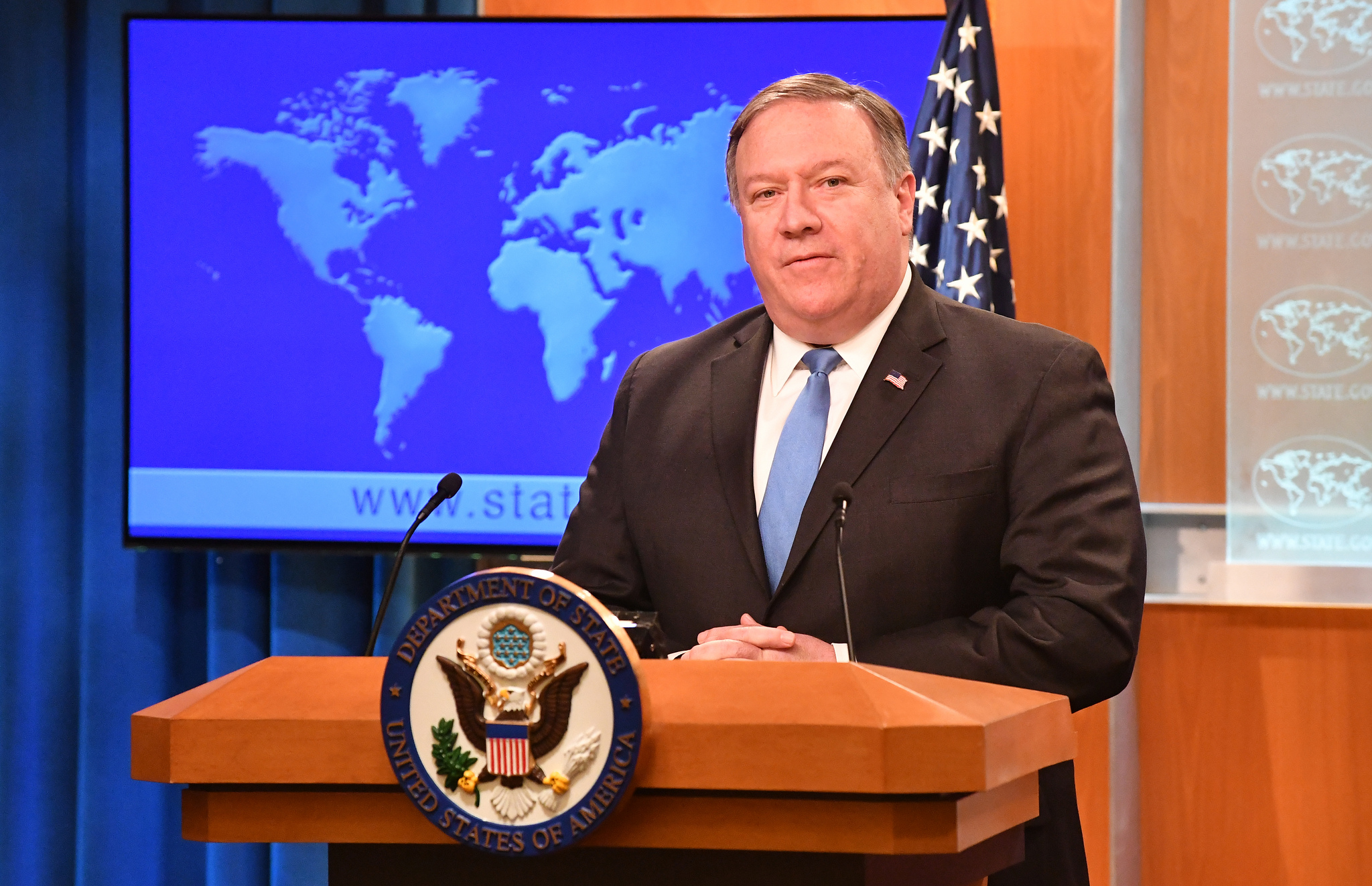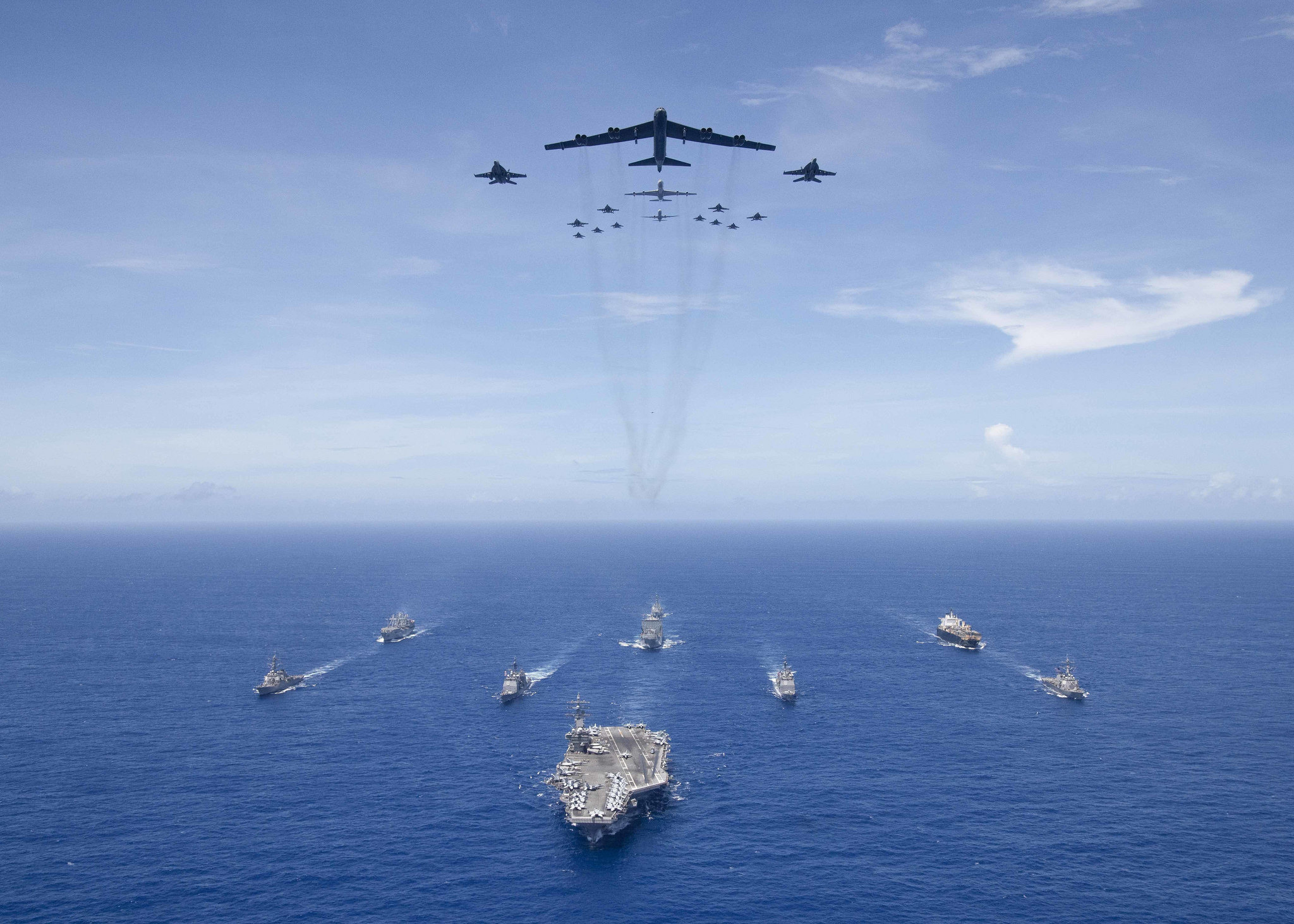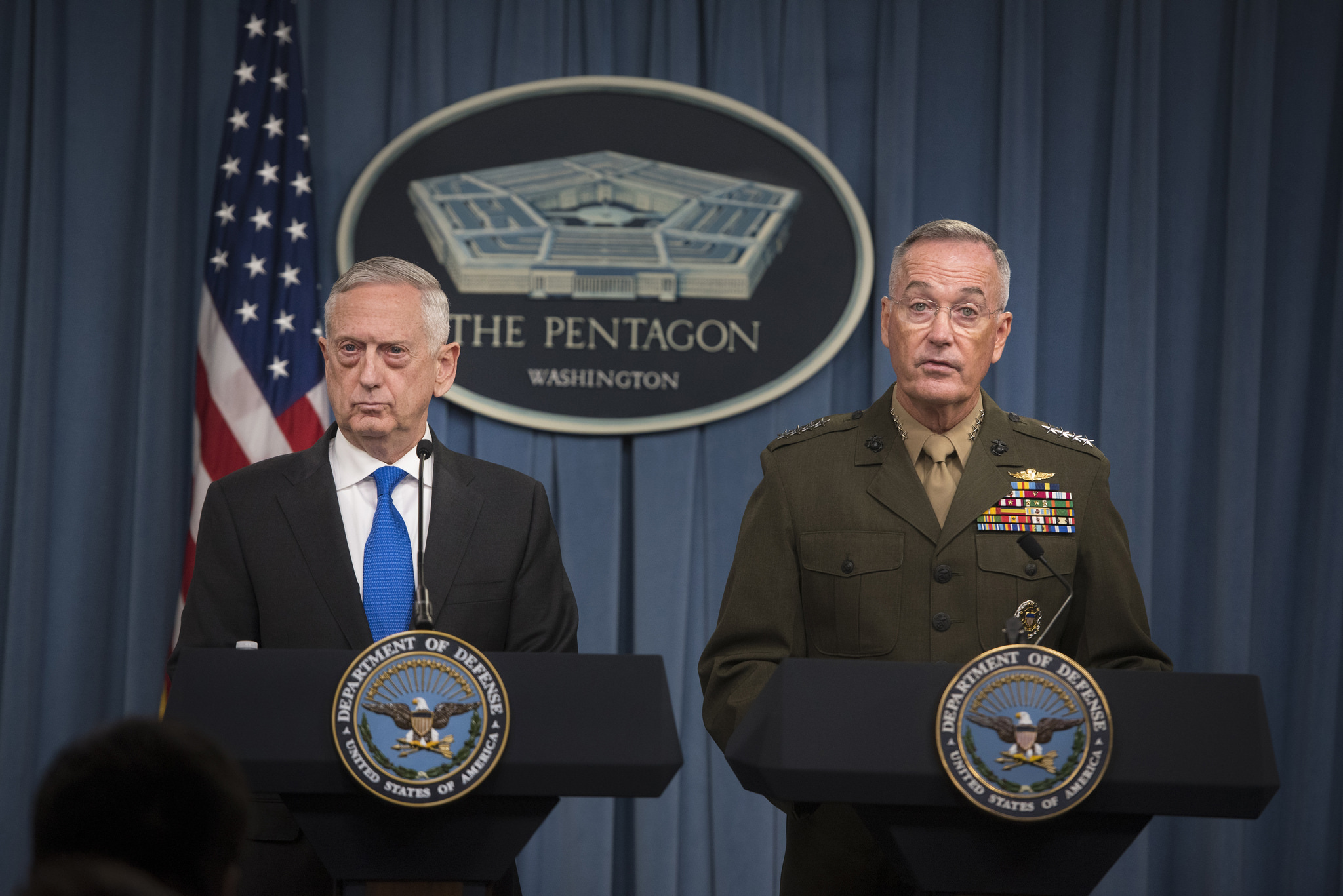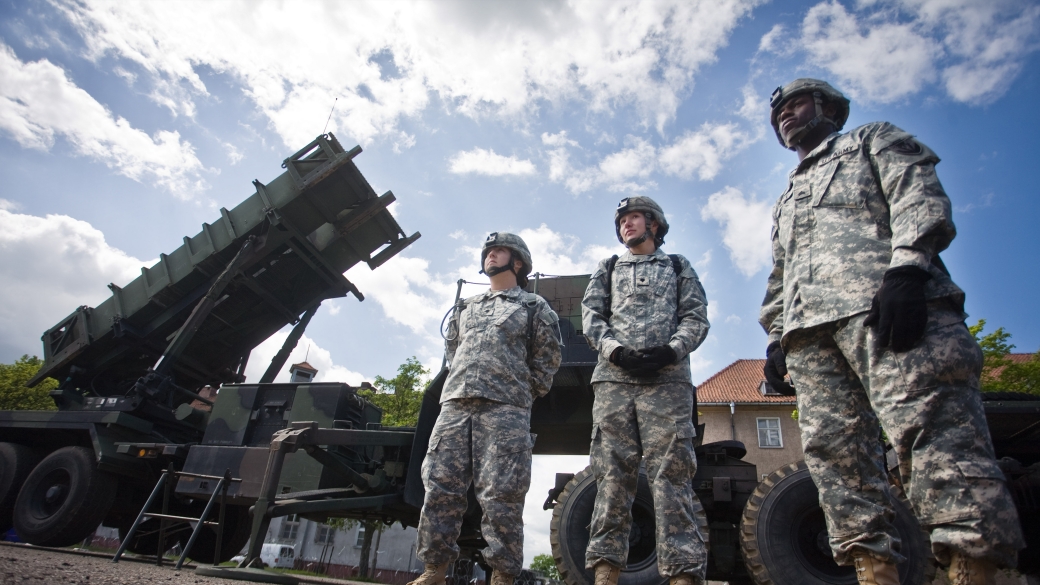From the Ashes of the Nuclear Deal: The Trump Administration’s Iran Strategy
As U.S. sanctions on Iran are re-imposed, questions loom within and outside the United States. Past unilateral sanctions against Iran have been perceived as unsuccessful, and the Trump administration’s resumed reliance on this controversial economic tool as the main driver of its strategy raises several questions. Are these sanctions doomed to fail? Is hinging U.S. strategy almost entirely on economic sanctions the most effective way to counter the Islamic Republic? Will Iran find ways to subvert not just economic sanctions but other U.S. countermeasures as well?










